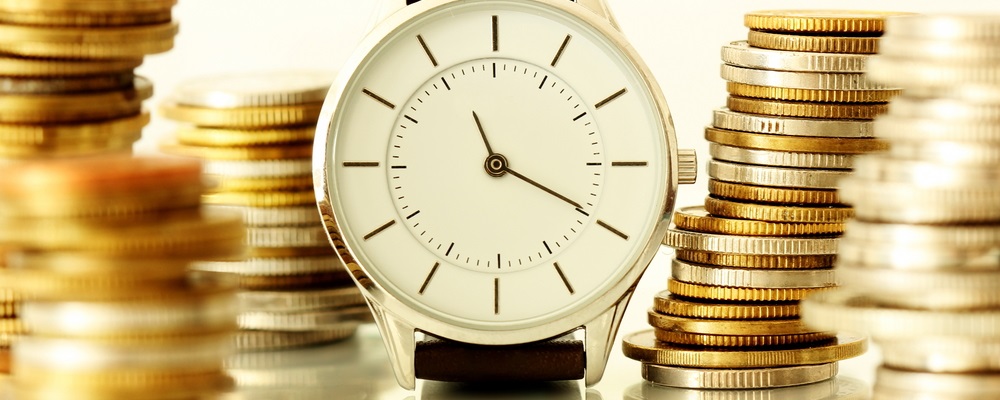Peter Minuit made one of the greatest deals ever.
Minuit, a director of the Dutch colony of New Netherland in 1626, gets credit for purchasing the Island of Manhattan for the Dutch from the Lenape, a Native American Tribe.
He acquired the Island for traded goods valued at $24.
When Warren Buffett was just starting out, he wrote about this transaction in his 1965 letter to his partners to demonstrate the power of compounding.
For goods valued at $24, Minuit received 22.3 square miles, or about 621 million square feet.
At the time he wrote the letter, more than 50 years ago, Buffett used the figure of $20 per square feet. He calculated the land value for the island back in 1965 at $12.5 billion.
At first glance, this seems like a great deal: The Lenape got $24 in goods, and Minuit received an island that in 1965 was worth $12.5 billion … right?
Who Got the Better Deal? — The Power of Compounding
Well, not so fast.
Let’s take a step back and see if the Lenape got the better end of the trade.
If the Lenape invested the $24 they received and could make a 7% return, things would’ve turned out very well for them.
At 7%, $24 becomes $205 billion in 338 years.
That’s much more than Buffett’s 1965 valuation of New York City.
Let’s assume the Lenape continued their great investing and achieved their 7% return for the past 53 years through the end of 2018.
Their $24 investment would now be worth more than $7.4 trillion.
A team of economists from Rutgers University recently valued the land price for Manhattan Island at $1.7 trillion.
Many might have pitied the poor Lenape for such a terrible trade.
But they had the last laugh.
The value of their initial investment outperformed Minuit’s Manhattan by more than 4.3 times.
The Power of Compounding — Turn $100,000 Into $8 Million
Of course, no one outside of biblical figures lives for hundreds of years. But that doesn’t diminish the laws of compounding.
The table below shows gains from compounding $100,000 at different rates.
The periods shown are more in line with most investors’ investment horizons.
Buffett used this exact table in his partnership letters. It appeared in almost all his correspondence with his partners from 1956 to 1969.
He wanted them to stay focused on the “enormous benefits produced by relatively small gains in the annual earnings rate.”
Every percentage point you can achieve above the average can exponentially catapult your returns.
For instance, four percentage points might not sound like a lot.
But take a look at the gains you’d make over 30 years at a 16% annual return versus 12%.
You would increase the gains on your $100,000 investment from $2.8 million to more than $8.4 million.
An investor doesn’t have to hit the ball out of the park by going for 20% to 30% returns and oftentimes losing money.
Quite the opposite — longtime returns in the low double digits can turn a small nest egg into a huge one over time.
A smart investor lets a sound investment strategy and time work for him.
All the best,
Charles Mizrahi
Senior Analyst, Banyan Hill
